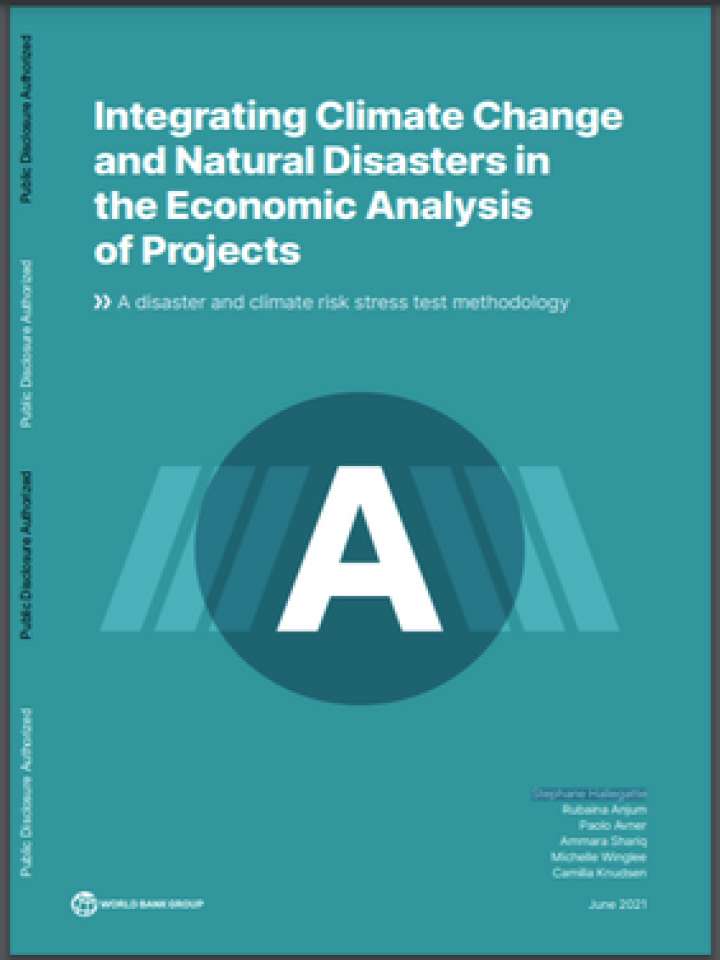Integrating climate change and natural disasters in the economic analysis of projects: a disaster and climate risk stress test methodology
To select the best projects and ensure they deliver as expected, it is important to ensure that all project appraisal and assessment processes including economic analyses properly consider all risks. This guidance note proposes a simple methodology for doing this by adding a stress test for climate change and natural disasters to the economic analysis of a project. To maximize development gains, World Bank projects must consider climate change and disaster risks in their design and appraisal. Buildings could be exposed to heat waves, roads might be vulnerable to floods, and agricultural practices may be subject to drought and pests. Although projects can be simultaneously vulnerable to several such risks, in most cases, it is possible to design and implement projects that are resilient to future climate change and natural risks. Doing so, however, requires these risks to be considered at each step of the project cycle.
The results of this analysis should be considered a stress test of project robustness to ensure that future climate and natural disaster impacts do not make projects economically unviable. The purpose of the analysis is to assesses whether, under climate and natural disaster stressors, a project’s net present value (NPV) or other indicators—such as benefit-cost ratio (BCR) or poverty or health-related monetary or nonmonetary metrics— remain above an acceptable threshold. The stress testing methodology presented in this guidance note helps task teams identify possible risks to the project, incorporate risk mitigation measures where necessary, provide a template for reporting on residual risk, and inform decision makers on project robustness.
Explore further
